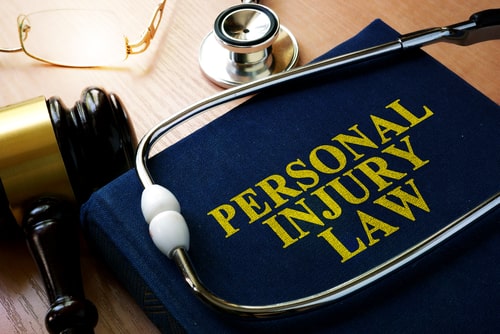Virginia Personal Injury Lawyer
The collateral source rule is a legal principle that has been a subject of debate and interpretation in various states across the United States. In essence, it is a legal doctrine that addresses how damages are calculated and awarded in personal injury cases when the injured party has received compensation or benefits from sources other than the defendant, such as insurance or government programs.
In Virginia, as in many other states, the collateral source rule generally operates to benefit the plaintiff (the injured party) in a personal injury lawsuit or wrongful death lawsuit. The fundamental premise of the rule is that the defendant (the at-fault party) should not be able to reduce the damages they owe to the plaintiff by the amount of compensation the plaintiff has received from collateral sources. This means that any benefits or payments the plaintiff receives from sources like health insurance, Medicare, Medicaid, workers’ compensation, Social Security disability, a pension, or any other source should not be deducted from the damages awarded in a personal injury or wrongful death case.
The rationale behind the collateral source rule is rooted in principles of fairness and justice. It aims to prevent a wrongdoer from benefiting or reducing their liability due to the plaintiff’s prudence or foresight in obtaining insurance or other benefits. Essentially, it ensures that the liable party remains fully responsible for the harm they have caused, regardless of whether the injured party has additional sources of compensation.
A Real-World Example of the Collateral Source Rule
To understand how the collateral source rule works, let’s take a look at a case our Virginia Beach personal injury firm successfully handled. Our client was hit in a Virginia Beach crosswalk by a driver who failed to yield the right way. Our client relied on his own health insurance to cover surgery costs. He also used up all his paid vacation time from work and eventually went on disability. His use of other insurance benefits, job benefits, and government assistance did not prevent him from receiving a $1 million settlement just before his personal injury trial started. That settlement included payments for past and future medical care, as well as payments for loss of past and future earnings. Even though some of those crash-related costs had already been defrayed, our law firm was able to hold the negligent driver fully accountable.
What Virginia Courts Say About the Collateral Source Rule
Judges asked to rule on the applicability of the collateral source rule usually include the following statement in their decisions:
The collateral source rule is designed to strike a balance between two competing principles of tort law: (1) a plaintiff is entitled to compensation sufficient to make him whole, but no more; and (2) a defendant is liable for all damages that proximately result from his wrong. A plaintiff who receives a double recovery for a single tort enjoys a windfall; a defendant who escapes, in whole or in part, liability for his wrong enjoys a windfall. Because the law must sanction one windfall and deny the other, it favors the victim of the wrong rather than the wrongdoer (see Shickling v. Aspinall [235 VA 472]).
What this basically means is that the collateral source rule in Virginia is not absolute and may be subject to certain exceptions and limitations. One common exception involves situations where the collateral source payments are duplicative. If the plaintiff receives compensation from both the defendant and a collateral source for the same damages, the court may reduce the defendant’s liability to avoid double recovery by the plaintiff. This ensures that the plaintiff does not profit from the same injury twice.
Contact a Virginia Personal Injury Lawyer for Legal Assistance
It tends to be rare that a defendant themselves pays for an element of the injured person’s damages, but there are also a few other exceptions to the strong collateral source rules in Virginia. And it should be noted that many other states have different rules that are not as friendly to the injured party as in Virginia.
If you have been injured in an accident caused by another party or parties, you may be entitled to financial compensation for the losses your injuries have caused. To find out what legal options you may have, call Shapiro, Washburn & Sharp to schedule a free case evaluation with one of our dedicated Virginia Beach personal injury attorneys.
RELATED CONTENT
- Are Medicare Patients Required to Pay Back Medical Costs in Personal Injury Cases?
- Am I Limited to Workers’ Compensation if I Get Injured on the Job?
- Rules in Virginia and North Carolina for Reimbursing Health Insurance From Car Insurance Settlements
- Guide to Virginia Personal Injury Law
- Are Double or Triple Recoveries of Personal Injury Claim Medical Expenses Permitted?
